What Is a TIA? Recognizing Mini-Stroke Symptoms and Acting Fast
What Is a TIA? Understanding Mini-Strokes and Why They Demand Urgent Attention
A transient ischemic attack—often called a “mini-stroke”—is a serious medical warning sign that shouldn’t be ignored. While its symptoms may disappear quickly, a TIA is your body’s way of saying a full-blown stroke could be just around the corner. The good news? Recognizing the signs early and acting fast can help you avoid long-term damage.
What Exactly Is a TIA?
A TIA happens when blood flow to part of your brain gets temporarily blocked—usually by a small clot. Unlike a full stroke, the blockage clears on its own, and symptoms typically fade within minutes to a few hours (always under 24 hours).
Because the symptoms go away, many people brush it off. But here’s the critical point: a TIA is a medical emergency. Up to 1 in 5 people who have a TIA will suffer a major stroke within 90 days—half of those within the first 48 hours.
Common TIA Symptoms (Remember: They Come On Suddenly)
TIA symptoms mirror those of a stroke but don’t last. Use the FAST acronym to spot them quickly:
- Face drooping: One side of the face may sag or feel numb.
- Arm weakness: One arm may feel weak or numb—try raising both arms to check.
- Speech difficulty: Speech may be slurred, strange, or hard to understand.
- Time to call emergency services: If you notice any of these, call for help immediately—even if symptoms vanish.
Other possible signs include:
- Sudden confusion or trouble understanding others
- Vision loss in one or both eyes
- Dizziness, loss of balance, or trouble walking
- A sudden, severe headache with no known cause
Why a TIA Happens: The Underlying Causes
Most TIAs are caused by atherosclerosis—a buildup of fatty deposits (plaque) in the arteries that supply blood to your brain. When a piece of this plaque or a blood clot breaks loose, it can briefly block a brain artery.
Key risk factors include:
- High blood pressure
- High cholesterol
- Diabetes
- Smoking
- Heart disease (especially atrial fibrillation)
- Obesity or physical inactivity
What to Do If You Suspect a TIA
Don’t wait. Don’t drive yourself. Call emergency services right away. Even if symptoms disappear, you need urgent evaluation.
At the hospital, doctors will run tests like:
- Brain imaging (CT or MRI scan)
- Carotid ultrasound (to check neck arteries)
- Heart monitoring (to detect irregular rhythms)
- Blood tests (to assess cholesterol, blood sugar, and clotting)
Early diagnosis helps your care team create a plan to lower your stroke risk—often starting within hours.
Preventing a Future Stroke After a TIA
The period right after a TIA is your best chance to prevent a major stroke. Treatment may include:
Medications
- Antiplatelet drugs like aspirin or clopidogrel to stop blood clots
- Anticoagulants (e.g., warfarin) if you have atrial fibrillation
- Medications to control blood pressure, cholesterol, or blood sugar
Lifestyle Changes
- Quitting smoking
- Eating a heart-healthy diet (more fruits, veggies, whole grains; less salt and saturated fat)
- Getting regular physical activity
- Managing stress and maintaining a healthy weight
Procedures (in some cases)
If a major artery in your neck (the carotid artery) is severely narrowed, your doctor might recommend a procedure like carotid endarterectomy or stenting to restore proper blood flow.
Bottom Line: A TIA Is a Wake-Up Call—Not a False Alarm
Think of a TIA as your body’s red alert. It’s not “just a scare”—it’s a real opportunity to take action before something worse happens. With prompt care and smart lifestyle choices, many people significantly reduce their risk of a future stroke.
If you or someone you know shows signs of a TIA, act immediately. Every minute counts.
Call emergency services now if you notice sudden stroke-like symptoms—even if they go away. Your quick response could save a life.
Have questions about stroke prevention or TIA recovery? Talk to your doctor or visit a trusted health resource for more guidance.

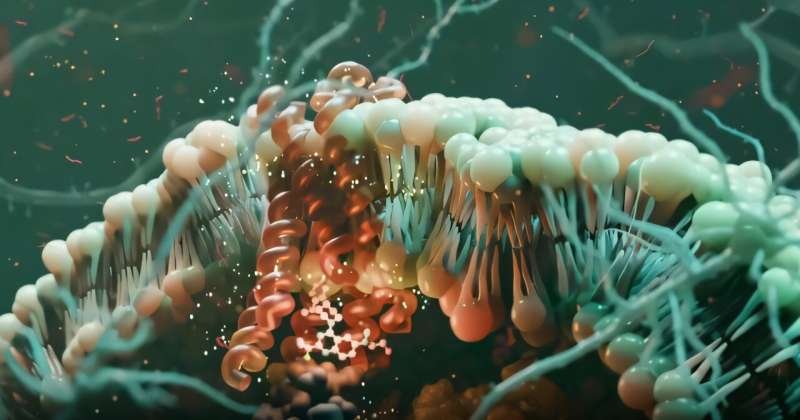

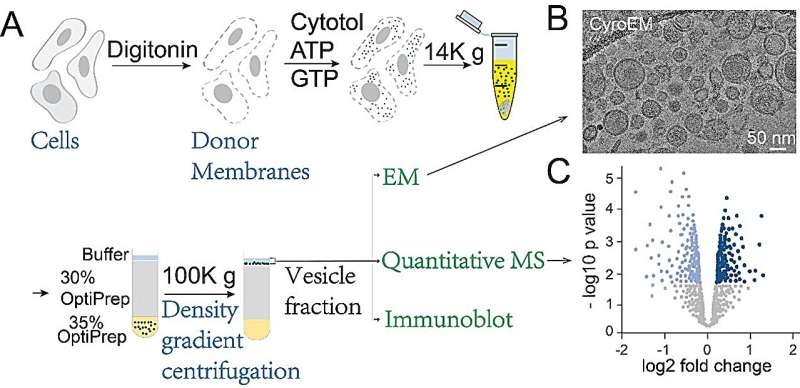

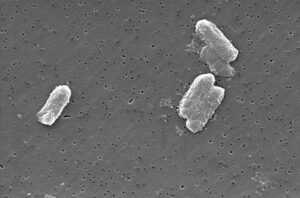

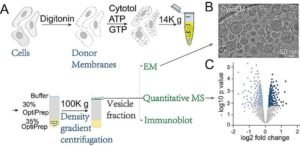
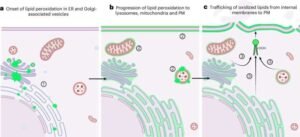

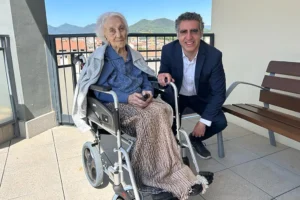



Post Comment